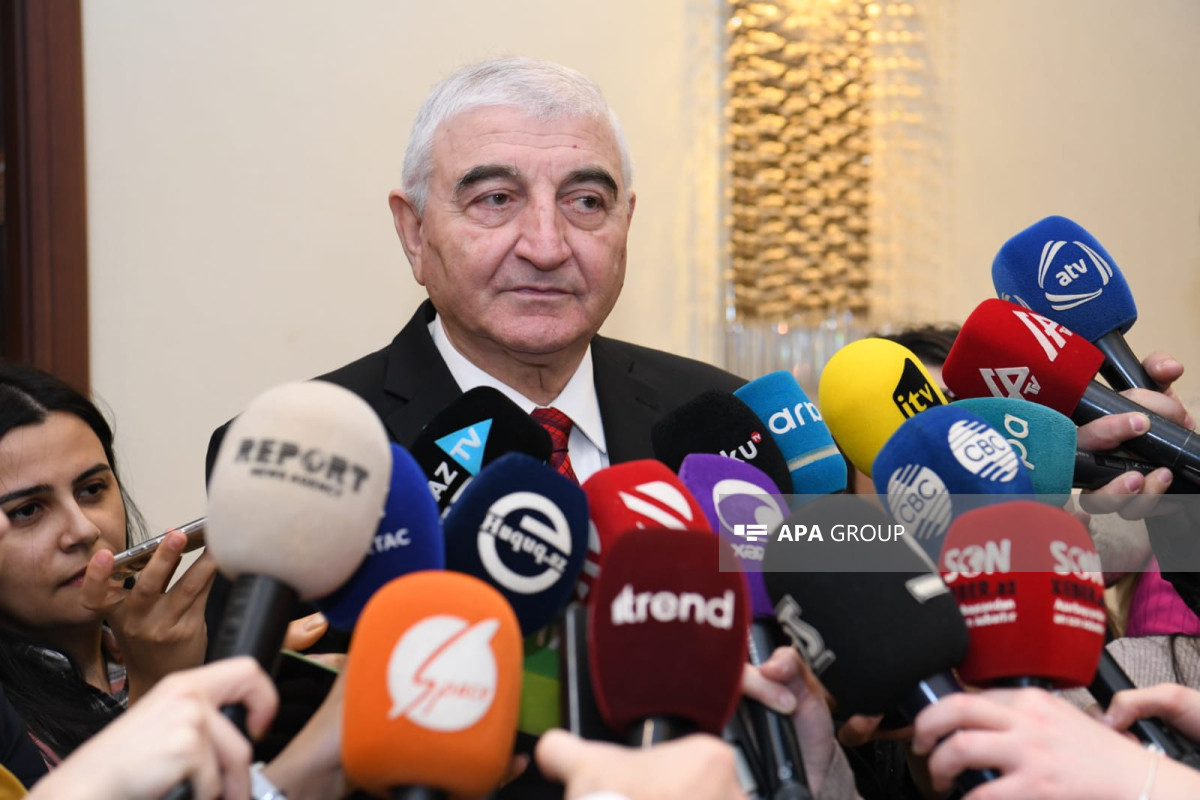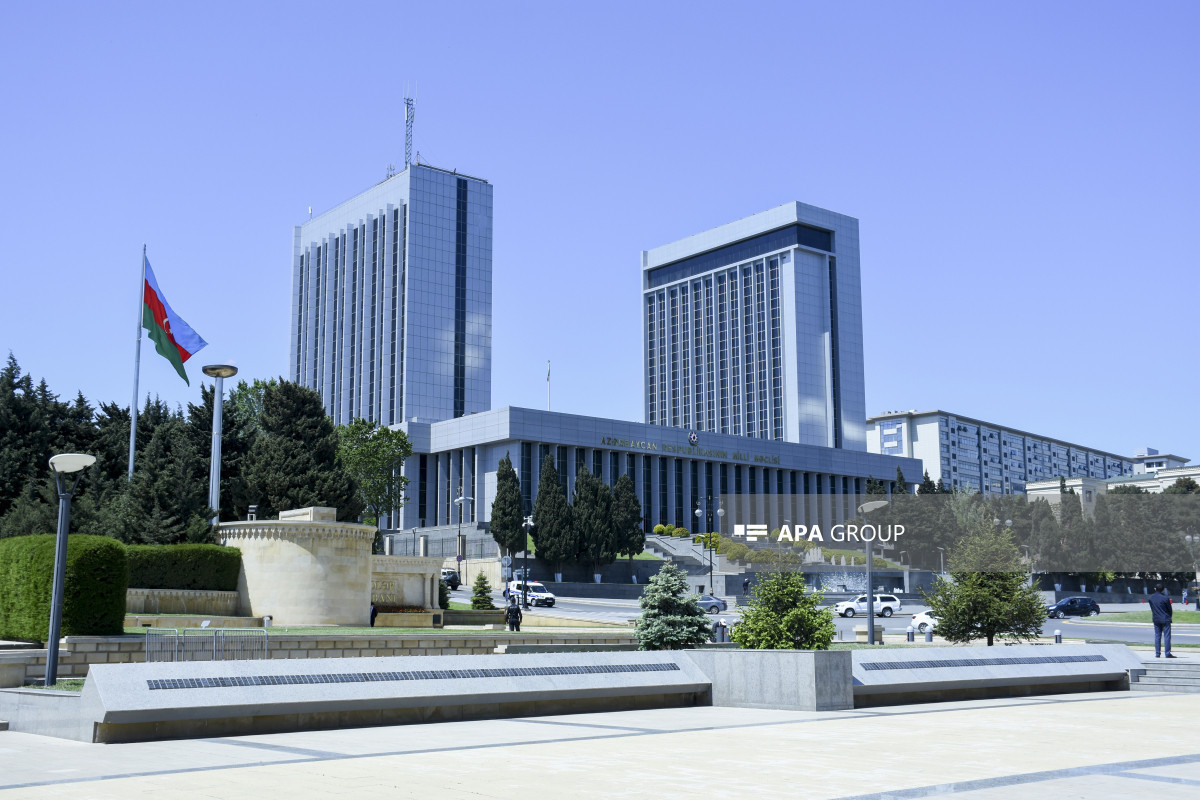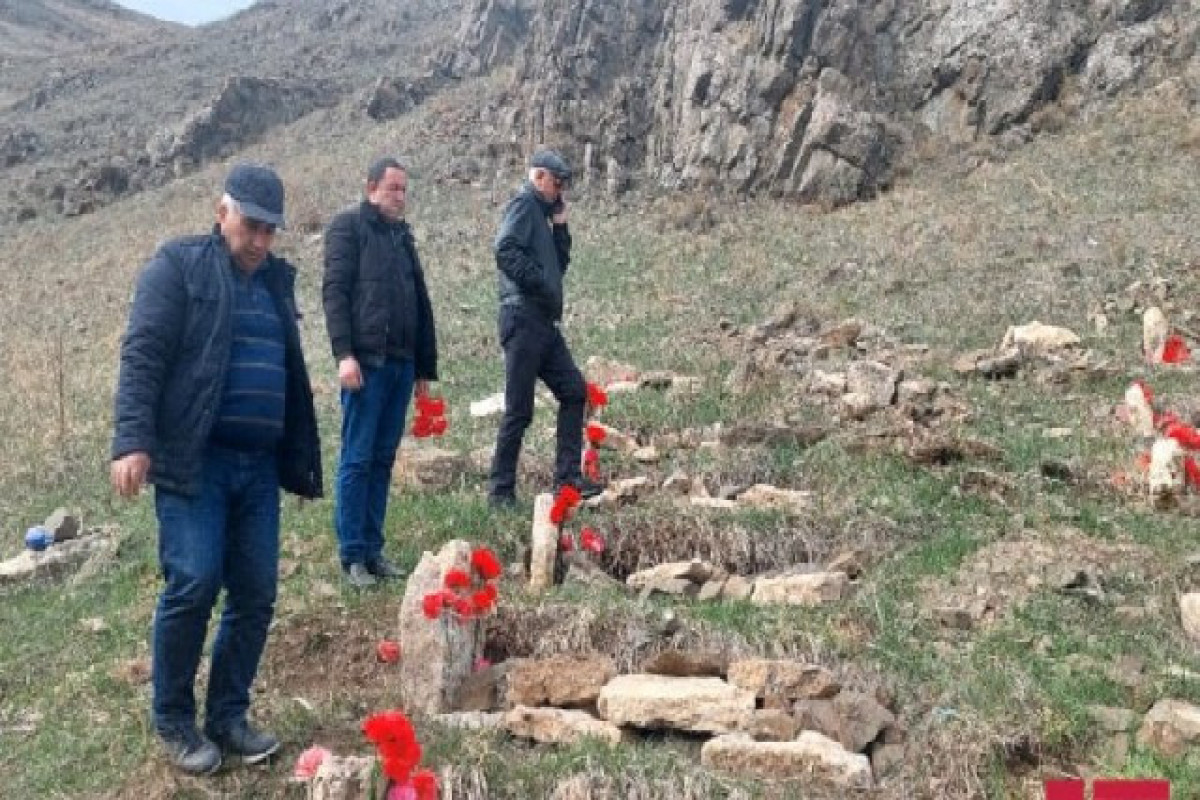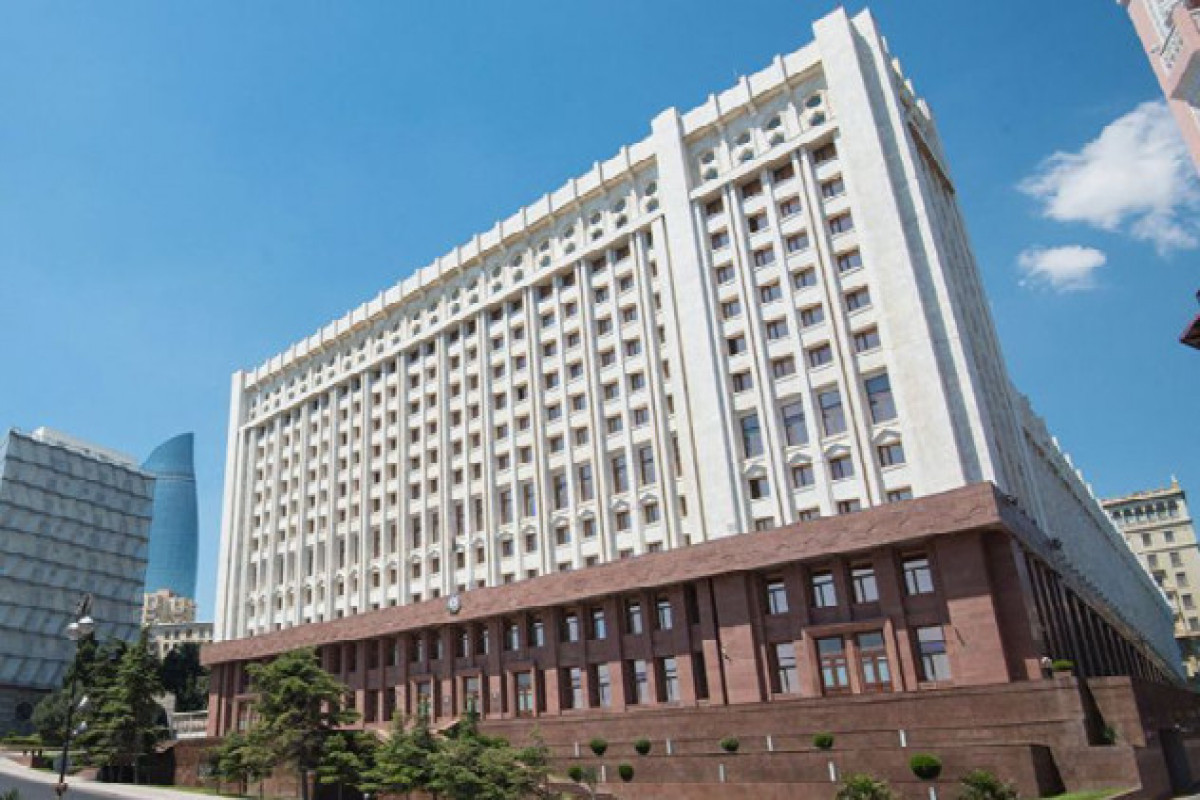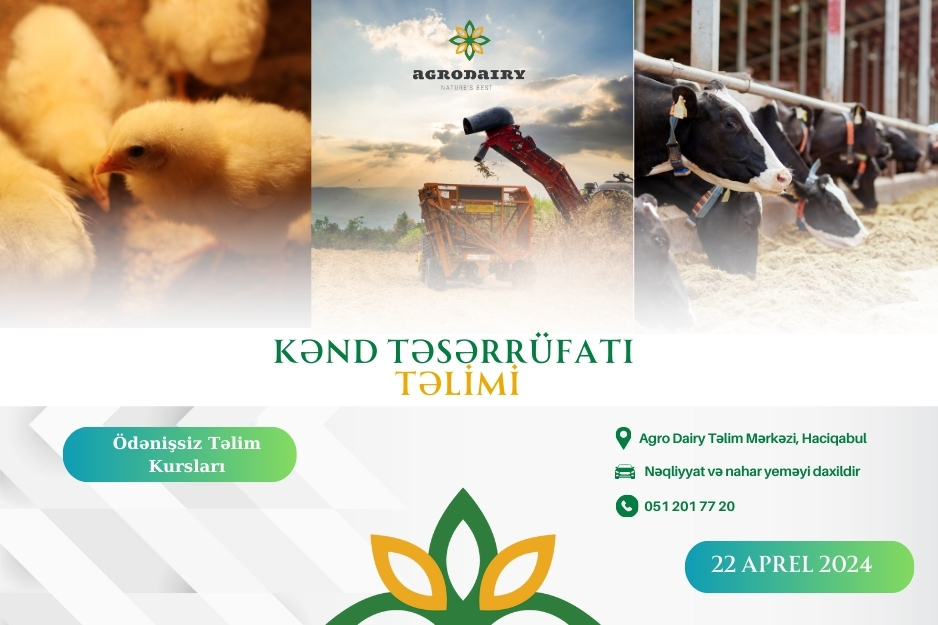There is a need to inform the public and the parliament about the Armenia-Azerbaijan Peace Platform, and to get MPs involved in the process, Azay Guliyev, Azerbaijani MP, Vice-President of the OSCE Parliamentary Assembly, told reporters on Friday.
He said that Armenian public figures who fear a recurrence of the April fighting have called on their Azerbaijani counterparts to look for a solution to the conflict together.
For the first time in the conflict’s history three Armenian human rights defenders and one NGO head joined a conference in Baku on November 8, the MP said, recalling that the conference participants made an appeal to the Armenian and Azerbaijani presidents and peoples.
“Armenian human rights activists and NGO leaders dared to expose the Sargsyan regime and its aggressive policy. To institutionalize their activities and continue their peacekeeping mission as a common organization, the participants created the Armenia-Azerbaijan Peace Platform on December 7,” he added.
According to Guliyev, the platform defined possible ways of settling the conflict and the scope of cooperation of Armenia-Azerbaijan civil society institutions.
He stressed that Armenian and Azerbaijani human rights defenders and NGO leaders emphasized that there are no prospects of continuing the occupation, which poses a serious threat to the region.
“They sent a message to the Armenian and Azerbaijani presidents for peaceful settlement of the conflict. The message outlined that in order to achieve a long-term peace there is a need for unconditional liberation of the occupied Azerbaijani territories, return of all internally displaced persons to their homes, restoration of relations between Armenia and Azerbaijan, determination of the legal status of Nagorno-Karabakh within Azerbaijan, and safety of the Armenians living there of the Azerbaijanis to returns to their homes. The founders of the platform are three Armenian NGO representatives and a human rights activist, and three Azerbaijani NGOs,” added Guliyev.
He noted that the number of people seeking to join the platform is on the rise, noting two Armenian youths have faced violence and arrests for seeking to join the platform. He expressed hope that these violent methods will not prevent those who want to support the platform.
The Nagorno-Karabakh conflict entered its modern phase when the Armenian SRR made territorial claims against the Azerbaijani SSR in 1988.
A fierce war broke out between Azerbaijan and Armenia over the Nagorno-Karabakh region of Azerbaijan. As a result of the war, Armenian armed forces occupied some 20 percent of Azerbaijani territory which includes Nagorno-Karabakh and seven adjacent districts (Lachin, Kalbajar, Aghdam, Fuzuli, Jabrayil, Gubadli and Zangilan), and over a million Azerbaijanis became refugees and internally displaced people.
The military operations finally came to an end when Azerbaijan and Armenia signed a ceasefire agreement in Bishkek in 1994.
Dealing with the settlement of the Nagorno-Karabakh conflict is the OSCE Minsk Group, which was created after the meeting of the CSCE (OSCE after the Budapest summit held in Dec.1994) Ministerial Council in Helsinki on 24 March 1992. The Group’s members include Azerbaijan, Armenia, Russia, the United States, France, Italy, Germany, Turkey, Belarus, Finland and Sweden.
Besides, the OSCE Minsk Group has a co-chairmanship institution, comprised of Russian, the US and French co-chairs, which began operating in 1996.
Resolutions 822, 853, 874 and 884 of the UN Security Council, which were passed in short intervals in 1993, and other resolutions adopted by the UN General Assembly, PACE, OSCE, OIC, and other organizations require Armenia to unconditionally withdraw its troops from Nagorno-Karabakh.



